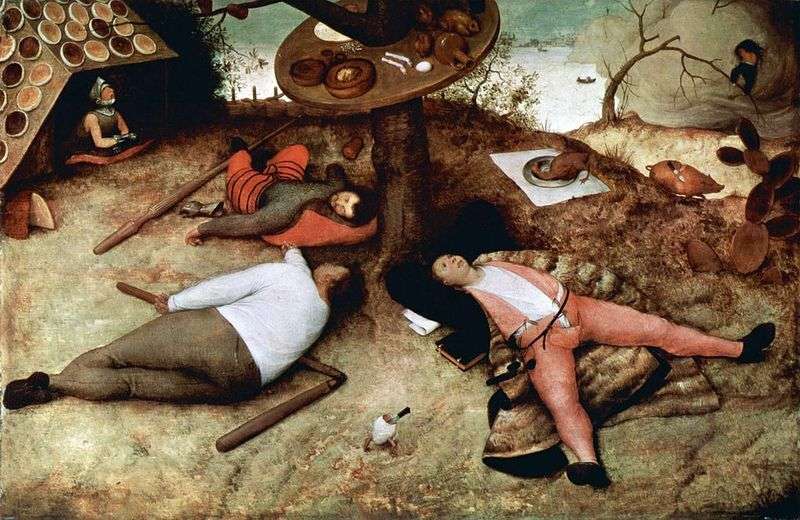
“Country lazy” – a fairytale country, is widely distributed in many fairy tales of European countries. In German fairy tales – Schlaraffenland, in literal translation, literally the country of lazy monkeys, from sluraff – lazy, affen – monkeys and land – land. It is described as a country where everything in abundance is land with milk rivers and jelly banks, in which animals run and fly fried, houses are made of gingerbread, instead of stones, cheese lies everywhere. Pleasure is the virtue of the inhabitants of the country, and hard work and diligence is a sin. At whom the wife is old and unsympathetic, she can exchange her for a beauty and will also get money in addition.
The idea first appeared as a parody of paradise in the satirical poem by Sebastian Brant “The Ship of Fools”, created in 1494, but still in the 5th century. BC. e. Such ideas were present in the poets Telelekeed and Ferekrat. The poetic presentation of a fairy tale about a fictitious land of idlers was given by Hans Sax and appeared in 1536 in Nuremberg. Perhaps it was this that served as the basis for the prosaic interpretation of this tale, published in Antwerp in 1546 and having much in common with the plotline of Peter Brueghel’s painting.
Painting Bruegel “Country lazy” – is an example of sharp satire directed by Bruegel to the Dutch society of the pre-revolutionary sixties. In the left corner below you can read the artist’s signature and date – 1567 year. Like many other works by Brueghel, this picture also has a Dutch proverb – “there is nothing more foolish than a lazy sweet.” To get into the country of lazy people, it was necessary to pass a pass in the mountain from the porridge depicted in the picture in the upper right corner.
A person caught in it immediately notices a roast pig, running with a knife in the back, a cake covered by a roof of a hut and many other delicacies. In the center of the picture lie three men stretched out around the tree, like the spokes of a wheel, reaching the limit of their desires. According to clothing and objects belonging to them, they can recognize representatives of different classes Peasant, soldier and scientist or schoolboy lie with full stomachs under a tree, around the trunk of which was installed a table top.
On the threshold of the hut there sits a man in the helmet of a knight who just got into the country. Opening his mouth, he expects something delicious to enter his mouth. The meaning of the work is absolutely clear and clear – a mocking condemnation of human idleness and laziness. But it is unlikely that the picture is created as an illustration to a fairy tale, its design seems much broader, has a certain focus, an acute sting that breaks the inactivity and inertia of a society indulging in empty dreams of prosperity.
On the fabulous satiety that Peter Bruegel portrayed in his painting, at that time there could be no question. The Duke of Alba entered the head of the Spanish forces in the Netherlands. The picture shows nothing more than a utopia of a prosperous life. Remarkable in its simplicity, the composition in the center of the picture, symbolizing the wheel of fortune, only reinforces this impression. At the same time, there is a certain irony from what is happening, because gluttony and laziness were considered vices at all times.
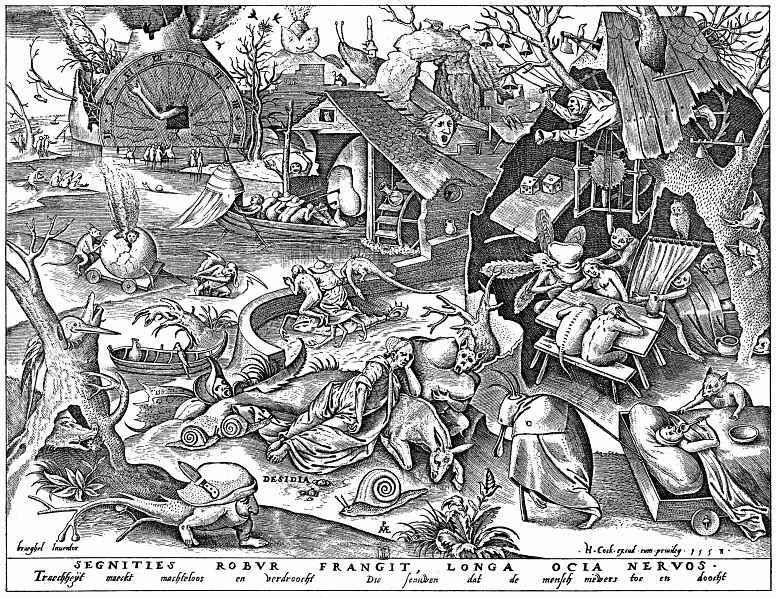 Laziness by Peter Brueghel
Laziness by Peter Brueghel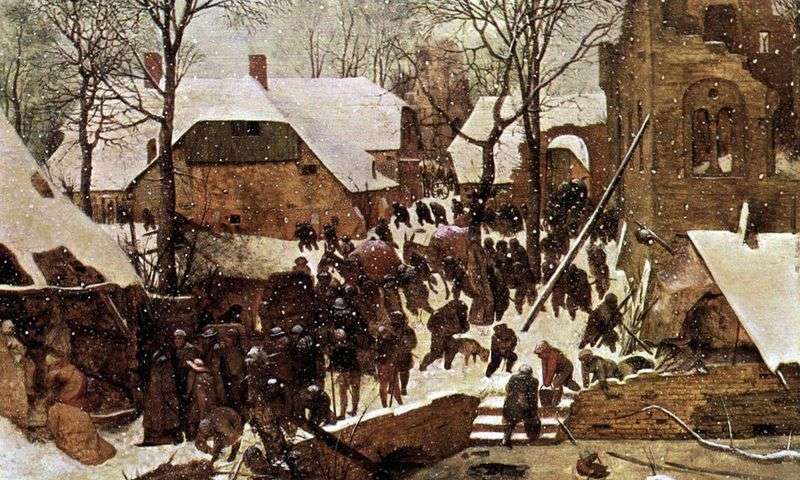 The Adoration of the Magi in the Winter Landscape by Peter Brueghel
The Adoration of the Magi in the Winter Landscape by Peter Brueghel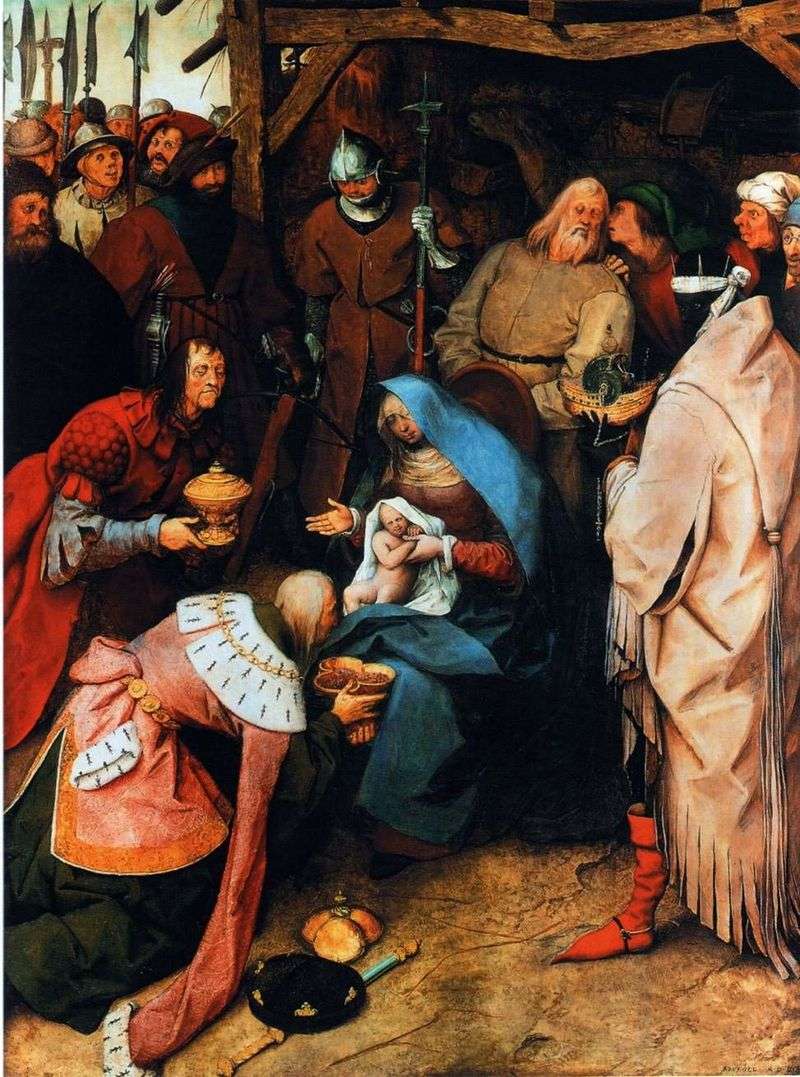 Adoration of the Magi by Peter Brueghel
Adoration of the Magi by Peter Brueghel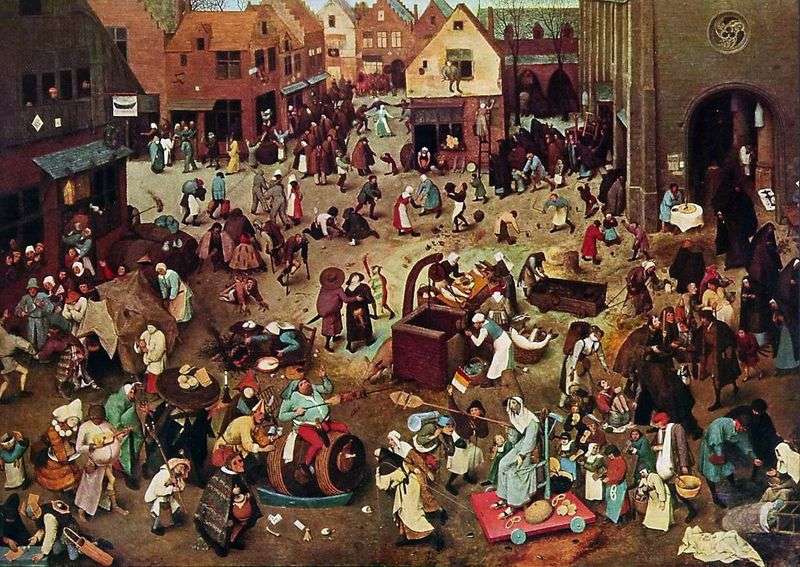 Carnival and Post by Peter Brueghel
Carnival and Post by Peter Brueghel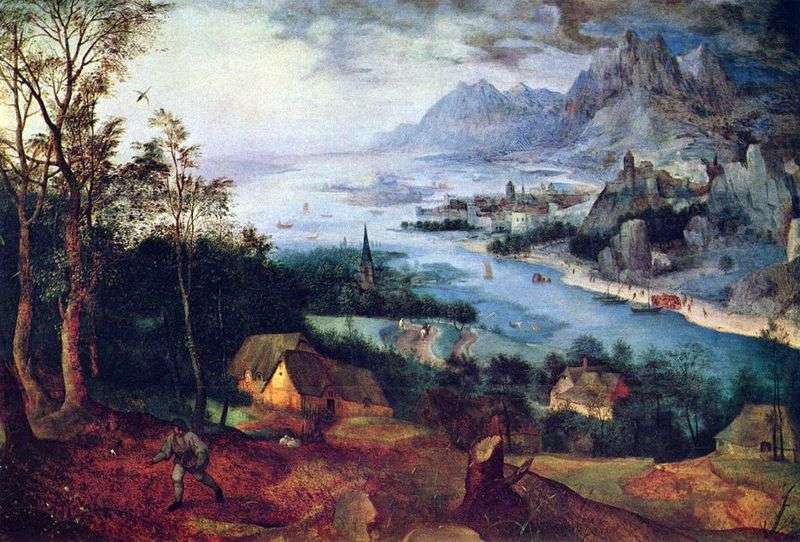 The Parable of the Sower by Peter Brueghel
The Parable of the Sower by Peter Brueghel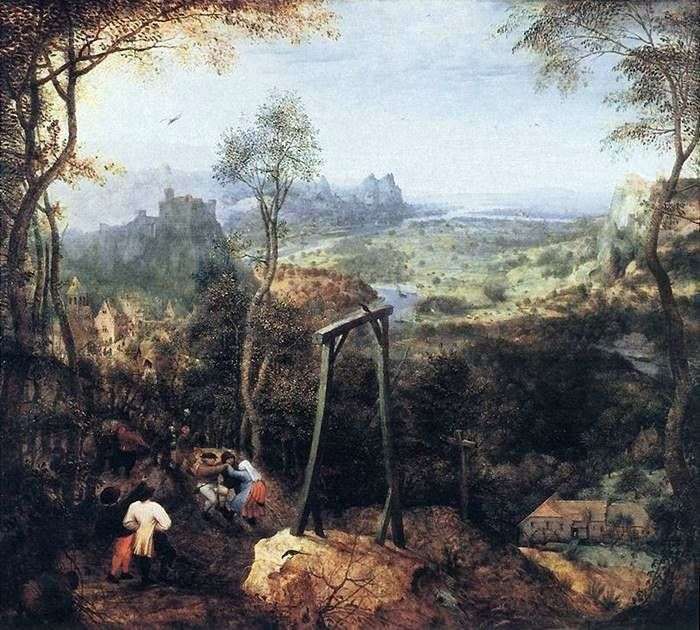 Magpie on the Gallows by Peter Brueghel
Magpie on the Gallows by Peter Brueghel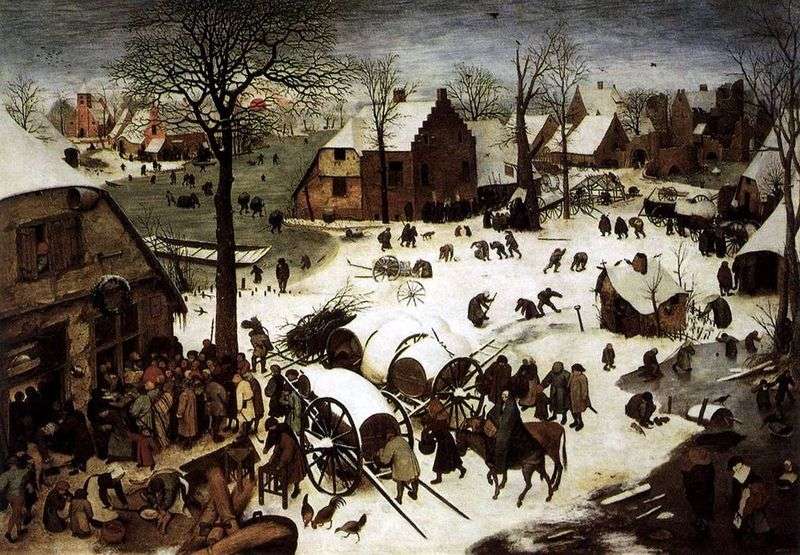 Census in Bethlehem by Peter Brueghel
Census in Bethlehem by Peter Brueghel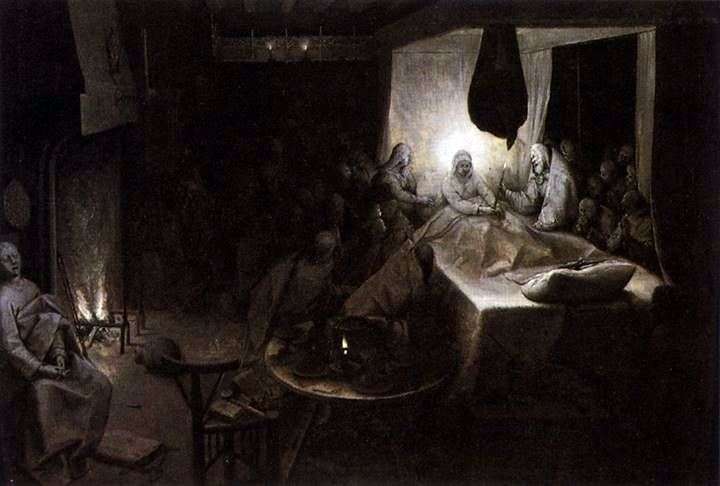 Assumption of the Virgin by Peter Brueghel
Assumption of the Virgin by Peter Brueghel